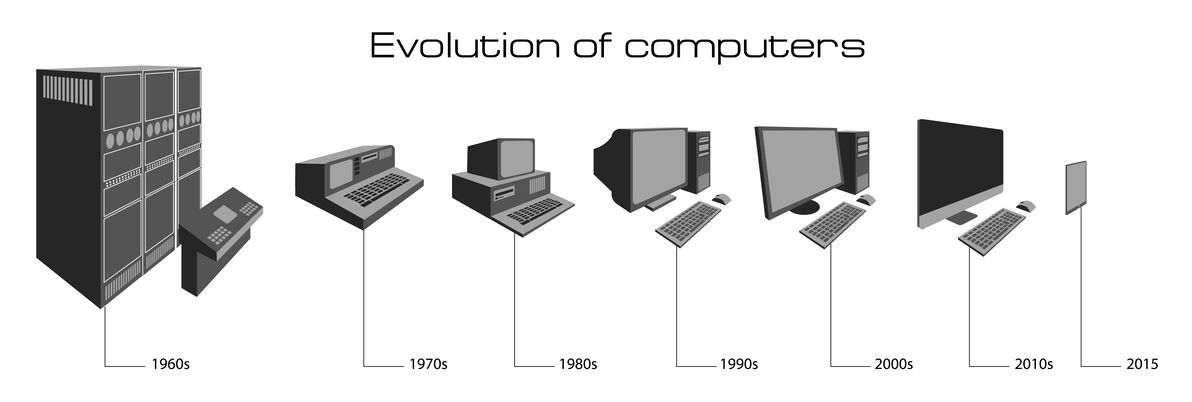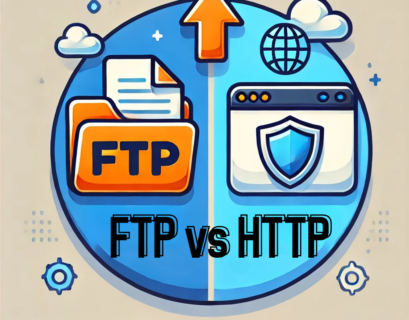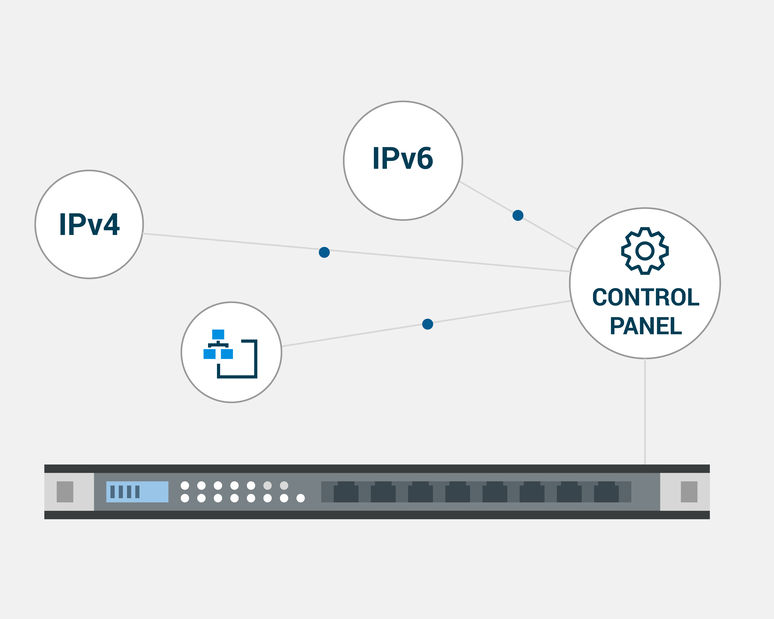Cloud computing, 10 years ago it sounded like a futuristic dream, now it is present daily in our lives. In different ways, we all use the cloud, for storage or processing. We open Google Docs for various office tasks, we save to Dropbox, communicate with our colleagues through Slack. What else can we do with cloud computing? What will be the next significant trend in the cloud development?
Table of Contents
Cloud computing briefly explained
Cloud computing has many dimensions – cloud storage, a server, a platform for development. It gives a huge potential to the consumer or the business. It provides resources of powerful computers, in a scalable way and most commonly on a subscription base. Clients can choose the suitable plan for them and easily upgrade if they need more resources in the future.
The core idea behind cloud computing is to provide flexibility, scalability, and cost-efficiency by allowing users to pay for only the resources they actually use rather than investing in and maintaining their own hardware and software. This model has transformed the way businesses and individuals approach IT infrastructure and services, including Flutter app development services, which leverage cloud capabilities for efficient app deployment and management.
Growth in SaaS (Software as a Service) and better internet
This should be no surprise to you. We are already using many cloud applications like MS Office 365 or Google Docs. The business is trusting more on this kind of services thanks to the improvement of the internet. It is getting a lot faster and reliable thanks to the optic fibers, 4G, and the new 5G network. A long time has passed since the dial-up super slow internet. Today, you can find good internet connections easily.
Ready for ultra-fast DNS service? Click to register and see the difference!Experience Industry-Leading DNS Speed with ClouDNS!
Multi-Cloud Strategy: Embracing Diversity for Resilience
One of the most significant trends in cloud computing is the adoption of multi-cloud strategies. Rather than relying on a single cloud provider, organizations are using the strengths of multiple providers to create a more resilient and flexible infrastructure. This approach minimizes the risk of downtime due to a single provider’s outage and allows businesses to take advantage of specialized services from different providers. With a multi-cloud strategy, companies can optimize costs, performance, and data redundancy, improving their overall cloud experience.
Security breaks are growing concerns
We have talked at least a few times about the growing number of DDoS attacks. Currently, no one is entirely safe. Big brands like BBC, Blizzard, Netflix, and Amazon are frequently attacked. They can go down for hours until the traffic waves stop.
Another security concerns are Meltdown and Spectre. These two processors’ exploits can “kidnap” your computer and ask you for a ransom. Imagine if they block all of your computers and you can’t reach your data! The chip makers are trying to patch the current generation of processors and produce newer, better protected, but the hackers are improving too. It is highly likely that we will see more variations of such exploits soon.
Increased investment in Cloud Security
As cloud computing becomes a crucial part of business operations, the importance of security and resiliency has grown significantly. Organizations are now investing more resources than ever in securing their cloud environments against cyber threats, data breaches, and downtime. “In today’s interconnected world, the value of robust cloud security cannot be overstated. It’s not just about protecting data; it’s about safeguarding the very lifelines of businesses,” says Luke Iggleden, CEO of Amaze, a transformative cloud infrastructure and backup company in Australia. Some of the security measures include implementing advanced threat detection and prevention mechanisms, employing encryption for stored and transferred data, and building robust disaster recovery plans. The focus on increasing cloud security aims to safeguard sensitive data and maintain uninterrupted operations by also earning the trust of customers and partners.
AI (Artificial Intelligence) and ML (Machine Learning)
AI is getting very popular right now. You can see it on many mobile phones, cars, servers with such a label these days. AI uses machine learning, with specially developed processors and graphics cards to accelerate calculation many times. The servers which support AI, need to be taught first, and then they can produce excellent results.
AI (Artificial Intelligence) and ML (Machine Learning) are becoming fundamental components of cloud computing. Cloud platforms provide the necessary resources for training and deploying AI models. This integration lets companies make data-driven decisions, automate processes, and enhance customer experiences.
Faster storage and increased capacity
The competition inside the cloud industry is staggering. Every player on the market tries to lure new clients with astonishing deals, higher capacity, and faster speed thanks to modern SSD drives. This moves the development of faster solutions. The deals are getting so compelling that many businesses sign in for a cloud and never look back at the traditional way.
Low-code and no-code cloud services
Another transformative trend in cloud computing is the rise of low-code and no-code platforms. These platforms allow individuals with different technical expertise to create applications, solutions and automate processes without deep coding knowledge. Low-code platforms provide visual interfaces and pre-built components to simplify application development. On the other hand, no-code platforms take it a step further by allowing users to create solutions through intuitive drag-and-drop interfaces. These services improve the development process and overcome the gap between IT and non-technical departments.
Edge Computing: bringing the cloud closer to the user
As cloud computing evolves, edge computing is gaining momentum as a way to enhance performance by bringing data processing closer to the user. Edge computing reduces the need for data to travel long distances to centralized cloud servers, which minimizes latency and speeds up response times. This trend is particularly beneficial for industries relying on IoT devices, autonomous vehicles, and real-time analytics. By processing data locally, edge computing enables faster decision-making, reduces bandwidth usage, and offers more reliable services, ultimately improving customer experiences and operational efficiency.
Conclusion
The world of cloud computing is exciting and still in its early stages. We are yet to experience a completely cloud-based working environment where we use just client devices with little to no power, but fantastic battery life and all the processing is done remotely. This will create more agile companies, which can expand quickly and don’t need to worry about frequent hardware updates. The cloud technology will become safer and easier to use, and it will power the economy of the future.







Cloud computing is very much important because it is the very secure platform to store the data, I also store my data on AWS consulting services offer by Whizlabs. If you also want to secure your data, then google it and find best website provide this serivces.
Thank you for the wonderful blog. Learned a lot from it.
Machine learning will be mostly powered by the cloud infrastructure.
Thank you for sharing such a valuable information.